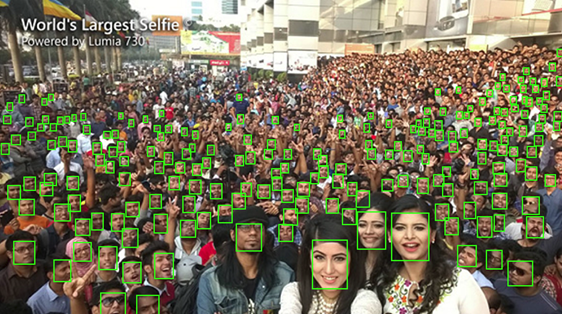PyramidBox: A Context-assisted Single Shot Face Detector
Face detection has been well studied for many years and one of remaining challenges is to detect small, blurred and partially occluded faces in uncontrolled environment. This paper proposes a novel context-assisted single shot face detector, named \emph{PyramidBox} to handle the hard face detection problem. Observing the importance of the context, we improve the utilization of contextual information in the following three aspects. First, we design a novel context anchor to supervise high-level contextual feature learning by a semi-supervised method, which we call it PyramidAnchors. Second, we propose the Low-level Feature Pyramid Network to combine adequate high-level context semantic feature and Low-level facial feature together, which also allows the PyramidBox to predict faces of all scales in a single shot. Third, we introduce a context-sensitive structure to increase the capacity of prediction network to improve the final accuracy of output. In addition, we use the method of Data-anchor-sampling to augment the training samples across different scales, which increases the diversity of training data for smaller faces. By exploiting the value of context, PyramidBox achieves superior performance among the state-of-the-art over the two common face detection benchmarks, FDDB and WIDER FACE. Our code is available in PaddlePaddle: \href{https://github.com/PaddlePaddle/models/tree/develop/fluid/face_detection}{\url{https://github.com/PaddlePaddle/models/tree/develop/fluid/face_detection}}.
PDF Abstract ECCV 2018 PDF ECCV 2018 Abstract








 ssd
ssd
 WIDER FACE
WIDER FACE
 FDDB
FDDB
